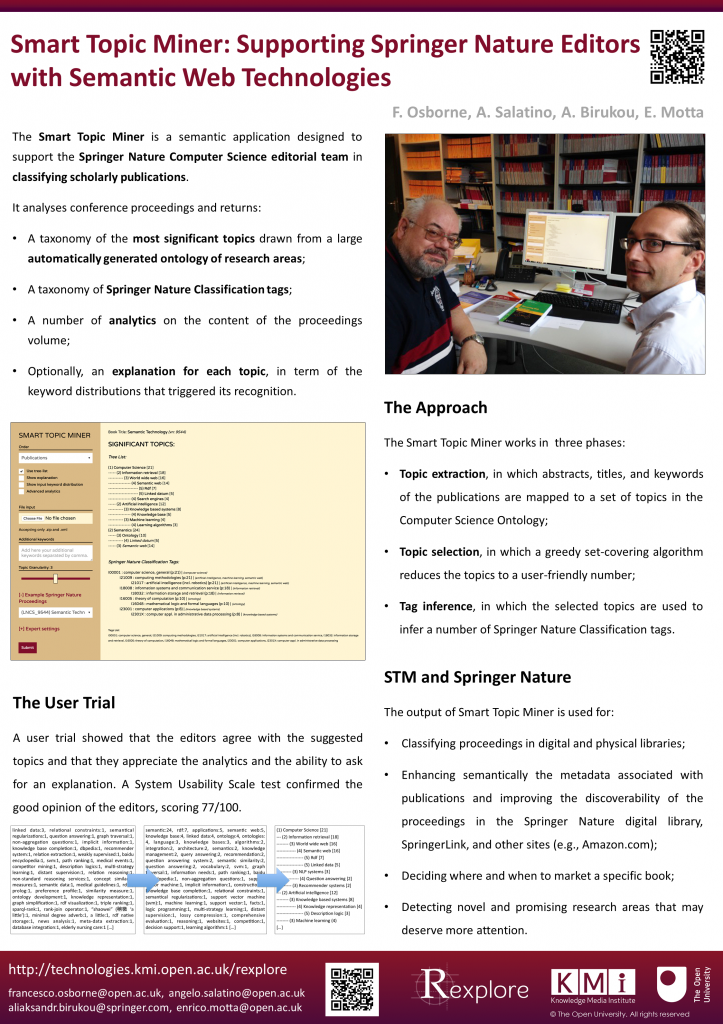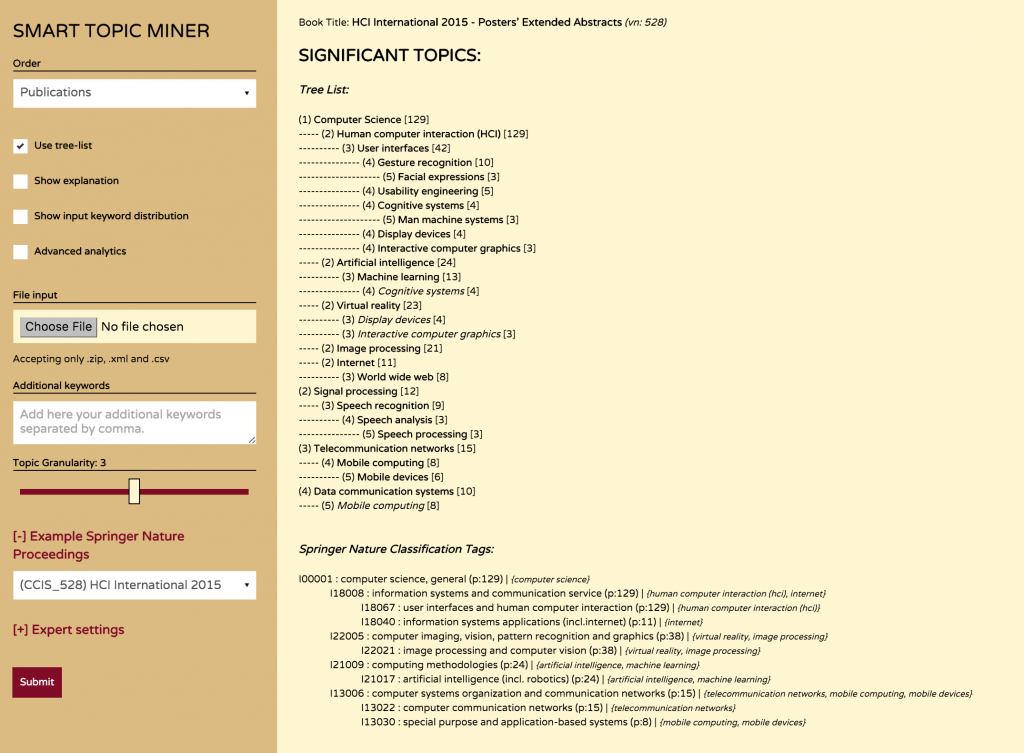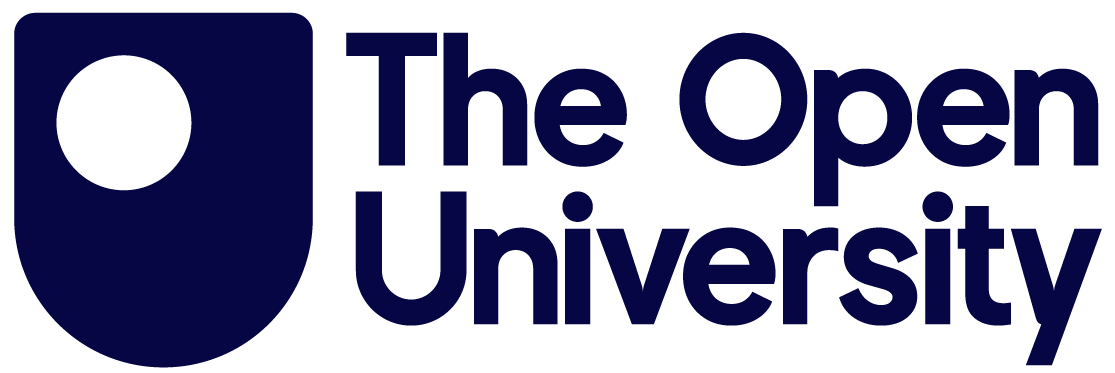“Smart Topic Miner: Supporting Springer Nature Editors with Semantic Web Technologies” is poster paper presented at the Poster and Demo session [D45] on Wednesday 19th October 2016 at the 15th International Semantic Web Conference in Kobe, Japan
Authors:
Francesco Osborne, Angelo Antonio Salatino, Aliaksandr Birukou and Enrico Motta
Abstract:
Academic publishers, such as Springer Nature, annotate scholarly products with the appropriate research topics and keywords to facilitate the marketing process and to support (digital) libraries and academic search engines. This critical process is usually handled manually by experienced editors, leading to high costs and slow throughput. In this demo paper, we present Smart Topic Miner (STM), a semantic application designed to support the Springer Nature Computer Science editorial team in classifying scholarly publications. STM analyses conference proceedings and annotates them with a set of topics drawn from a large automatically generated ontology of research areas and a set of tags from Springer Nature Classification.
Download paper (via ORO): link
Download paper (via CEUR): link
Proceedings: link
Link to the DEMO: http://rexplore.kmi.open.ac.uk/STM_demo/
Poster:




